ARID1A orchestrates SWI/SNF-mediated sequential binding of transcription factors with ARID1A loss driving pre-memory B cell fate and lymphomagenesis
- PMID: 38458187
- PMCID: PMC11407687
- DOI: 10.1016/j.ccell.2024.02.010
ARID1A orchestrates SWI/SNF-mediated sequential binding of transcription factors with ARID1A loss driving pre-memory B cell fate and lymphomagenesis
Erratum in
-
ARID1A orchestrates SWI/SNF-mediated sequential binding of transcription factors with ARID1A loss driving pre-memory B cell fate and lymphomagenesis.Cancer Cell. 2024 Apr 8;42(4):720-722. doi: 10.1016/j.ccell.2024.03.012. Cancer Cell. 2024. PMID: 38593783 Free PMC article. No abstract available.
Abstract
ARID1A, a subunit of the canonical BAF nucleosome remodeling complex, is commonly mutated in lymphomas. We show that ARID1A orchestrates B cell fate during the germinal center (GC) response, facilitating cooperative and sequential binding of PU.1 and NF-kB at crucial genes for cytokine and CD40 signaling. The absence of ARID1A tilts GC cell fate toward immature IgM+CD80-PD-L2- memory B cells, known for their potential to re-enter new GCs. When combined with BCL2 oncogene, ARID1A haploinsufficiency hastens the progression of aggressive follicular lymphomas (FLs) in mice. Patients with FL with ARID1A-inactivating mutations preferentially display an immature memory B cell-like state with increased transformation risk to aggressive disease. These observations offer mechanistic understanding into the emergence of both indolent and aggressive ARID1A-mutant lymphomas through the formation of immature memory-like clonal precursors. Lastly, we demonstrate that ARID1A mutation induces synthetic lethality to SMARCA2/4 inhibition, paving the way for potential precision therapy for high-risk patients.
Keywords: BAF complex; chromatin; chromatin remodeling; clonal precursor cells; epigenetics; humoral immunity; lymphoma; pioneer transcription factors; plasticity; precision therapy.
Copyright © 2024 Elsevier Inc. All rights reserved.
Conflict of interest statement
Declaration of interests A.M. has research funding from Janssen, Epizyme, and Daiichi Sankyo and consulted for Exo Therapeutics, Treeline Biosciences, AstraZeneca, and Epizyme. C.S. consulted for Seattle Genetics, AbbVie, and Bayer and received research funding from Bristol Myers Squibb, Epizyme, and Trillium Therapeutics Inc. D.W.S. received honoraria from AbbVie, AstraZeneca, Incyte, and Janssen and research funding from Janssen and Roche. C.E.M. is a cofounder and board member for Biotia and Onegevity Health as well as advisor or grantee for AbbVie, Arc Bio, Daiichi Sankyo, DNA Genotek, Tempus Labs, and Whole Biome. M.R.G. reports research funding from Sanofi, Kite/Gilead, AbbVie, and Allogene; consulting for AbbVie, Allogene, and Bristol Myers Squibb; honoraria from BMS, Daiichi Sankyo, and DAVA Oncology; and stock ownership of KDAc Therapeutics. C. Meydan consulted for Thorne HealthTech.
Figures
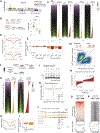
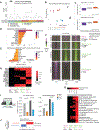
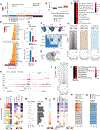
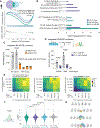
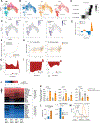

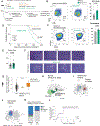
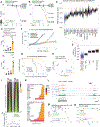
References
MeSH terms
Substances
Grants and funding
LinkOut - more resources
Full Text Sources
Other Literature Sources
Medical
Molecular Biology Databases
Research Materials
Miscellaneous

